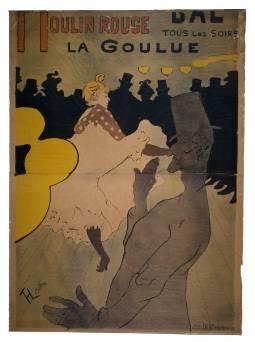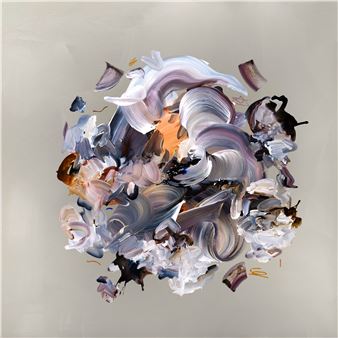Intimate Settings and Public Spaces: Impressionist and Post-Impressionist Drawings and Prints
The public spaces range from fashionable boulevards, avenues, and parks to cafי concerts, theaters, bars, and racetracks. While they looked at their changing world, the Impressionists also turned inward for inspiration, utilizing friends and family as models set within their immediate surroundings. Glimpses of intimate settings reveal daily domestic pastimes: housework and childcare, bedrooms and boudoirs, entertaining and etiquette.
The Post-Impressionist artists, working mainly from the 1880s onward, continued to draw from the same subject matter as the Impressionists but developed different precepts for the use of color, pattern, form, and line. Intimate Settings and Public Spaces: Impressionist and Post-Impressionist Drawings and Prints features work by artists including Pierre Bonnard, Mary Cassatt, Jules Chיret, Edgar Degas, ֹdouard Manet, Auguste Renoir, Henri de Toulouse-Lautrec, Fיlix Emile-Jean Vallotton, and ֹdouard Vuillard.
Paintings have been of primary use in the discussion on Impressionist and Post-Impressionist imagery, based on the interest in visible brush strokes and emphasis on light and color. Yet works on paper—using a diversity of media from chalk, graphite, pastel, and watercolor to etchings and lithographs—also demonstrate both groups´ interest in capturing private and public spaces.

Recommended for you
The public spaces range from fashionable boulevards, avenues, and parks to cafי concerts, theaters, bars, and racetracks. While they looked at their changing world, the Impressionists also turned inward for inspiration, utilizing friends and family as models set within their immediate surroundings. Glimpses of intimate settings reveal daily domestic pastimes: housework and childcare, bedrooms and boudoirs, entertaining and etiquette.
The Post-Impressionist artists, working mainly from the 1880s onward, continued to draw from the same subject matter as the Impressionists but developed different precepts for the use of color, pattern, form, and line. Intimate Settings and Public Spaces: Impressionist and Post-Impressionist Drawings and Prints features work by artists including Pierre Bonnard, Mary Cassatt, Jules Chיret, Edgar Degas, ֹdouard Manet, Auguste Renoir, Henri de Toulouse-Lautrec, Fיlix Emile-Jean Vallotton, and ֹdouard Vuillard.
Paintings have been of primary use in the discussion on Impressionist and Post-Impressionist imagery, based on the interest in visible brush strokes and emphasis on light and color. Yet works on paper—using a diversity of media from chalk, graphite, pastel, and watercolor to etchings and lithographs—also demonstrate both groups´ interest in capturing private and public spaces.
Contact details


 ARTISTS
ARTISTS














